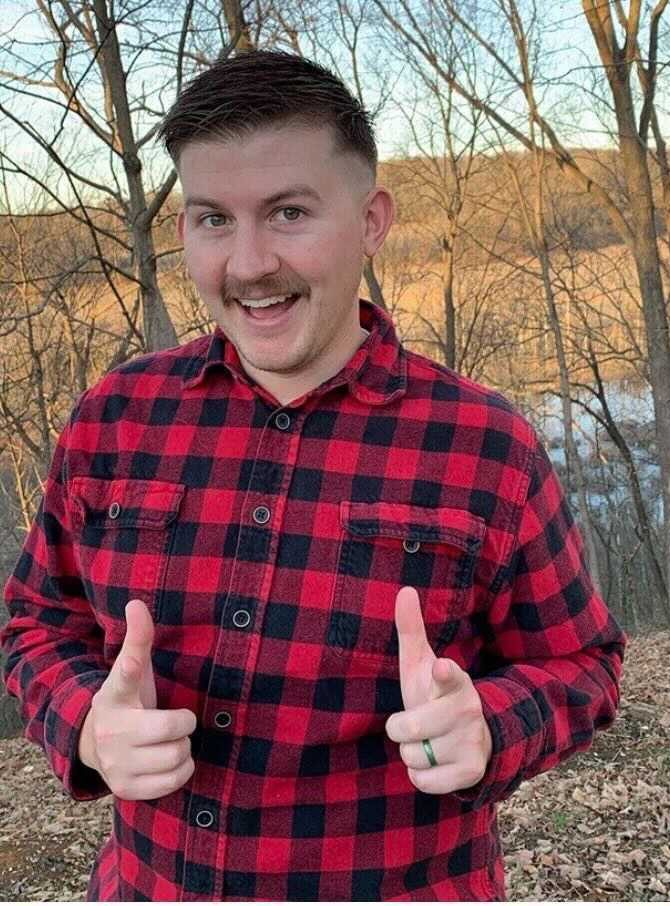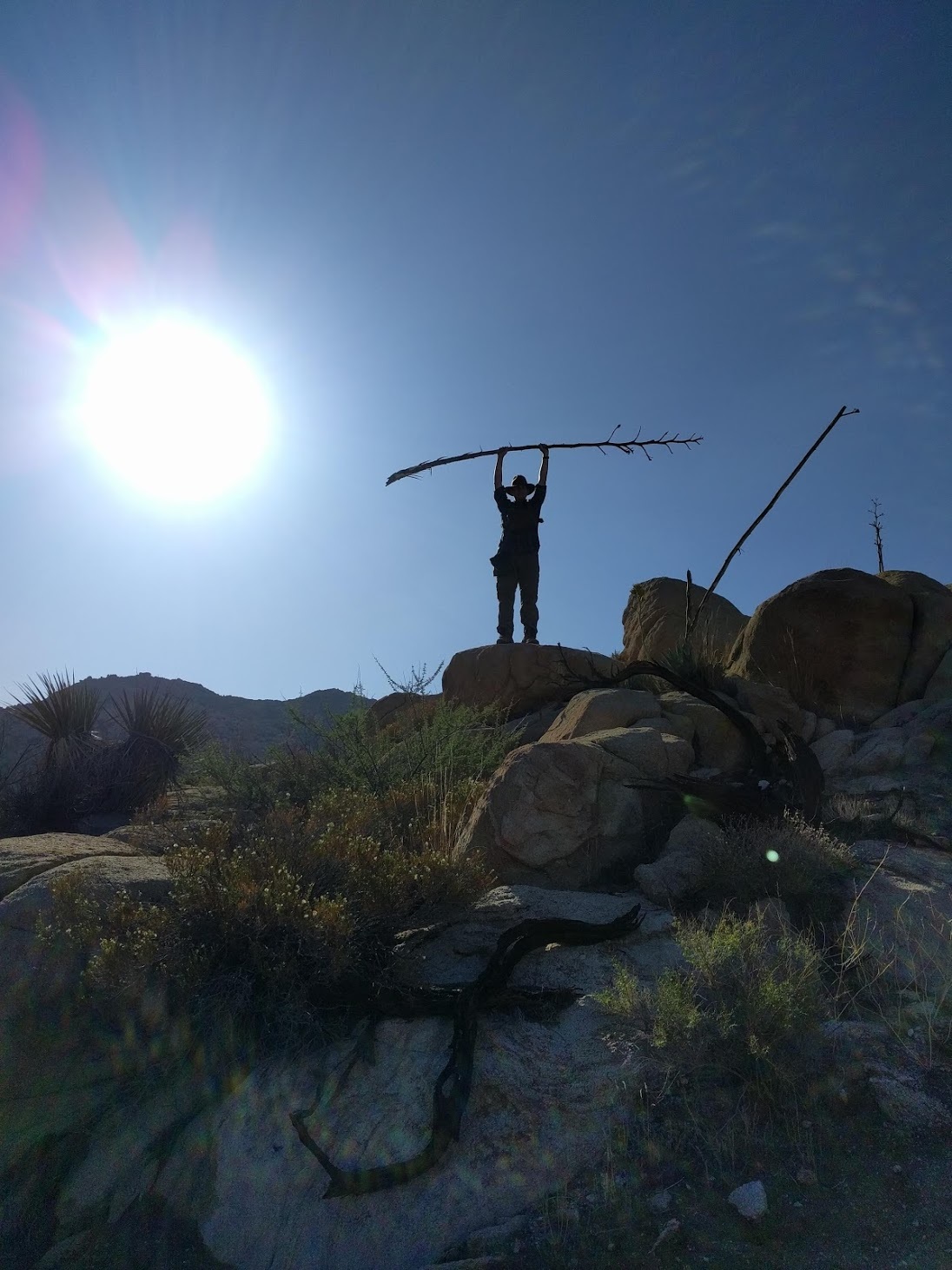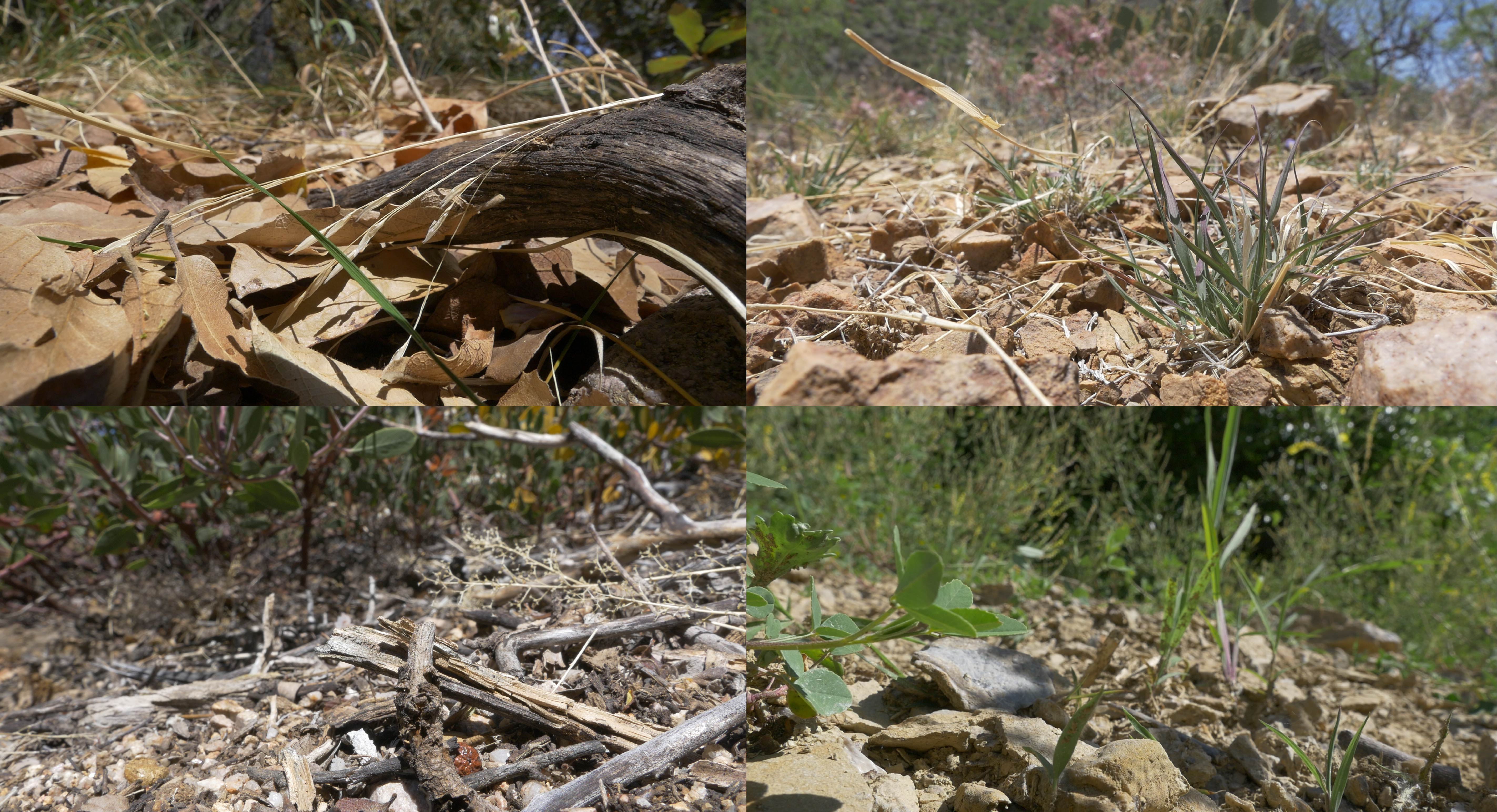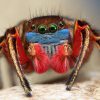As an evolutionary ecologist, I see my role as two-fold. First, I have a responsibility to better understand evolution and how it has shaped the ecosystems that surround us. Second, I should work to educate others so they can appreciate evolution and the biodiversity it has generated. When done properly each role can and should inform the other.
My research interests center primarily on using comparative frameworks to understand how habitat influences diversification and speciation through sensory drive. Habitat characteristics impact both the efficacy of sensory systems and the signals they perceive, with important consequences for organismal fitness. Sensory drive can teach us about why organisms have become what they are, but perhaps more importantly it helps us understand how habitats impacted by anthropomorphic factors (such as climate change) will accommodate or challenge species into the future.
As an educator, my interests lie primarily in giving undergraduate students the knowledge and skills they need to see biology as an interactive science instead of a collection of facts. My teaching style intentionally emphasizes the importance of computational tools and analytical techniques, training students to interact with and draw conclusions from data. Not only does this prepare students to be critical thinkers, but it also gives them hard skills which improve their employability across a wide range of fields. In an age of science denialism, it seems especially important to empower future leaders with the skills to draw evidence-based conclusions.
2017-present PhD Candidate, Biological Sciences, University of Cincinnati
2014-2017 Research and Teaching Assistant, Louisiana State University
2010-2014 BS in Genetics and Biotechnology, Brigham Young University






